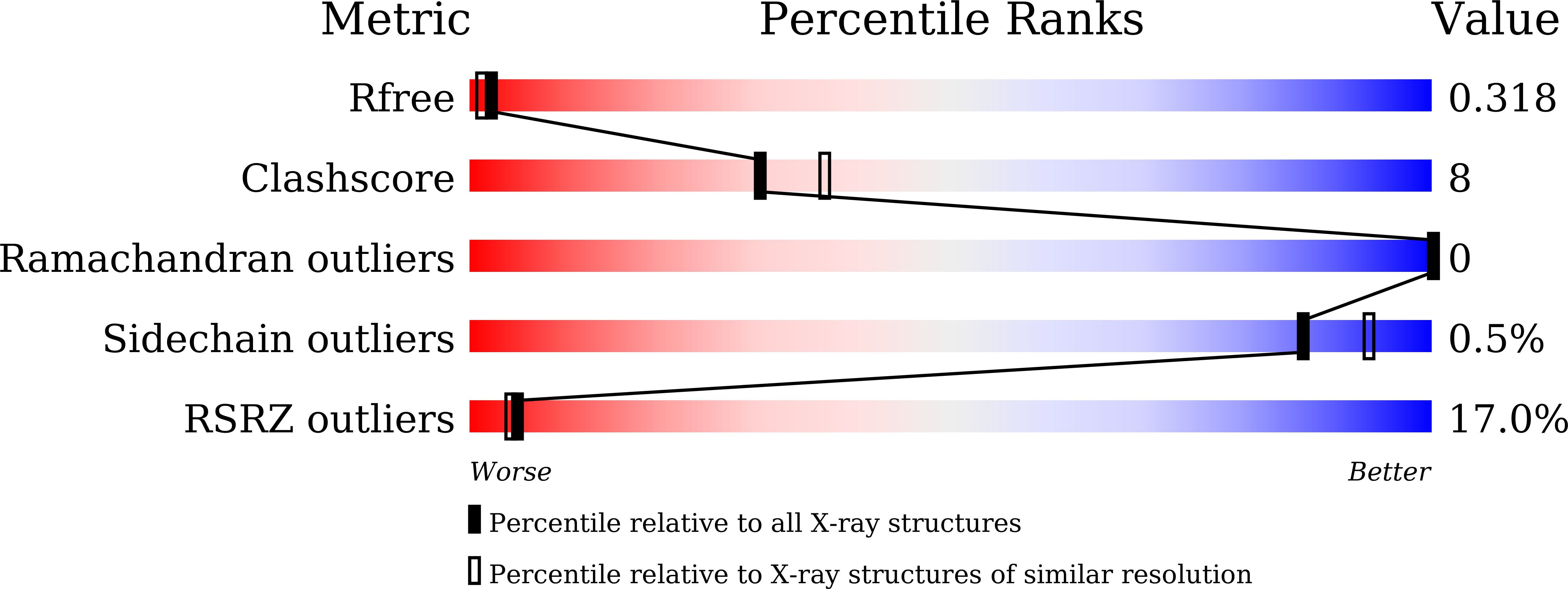
Deposition Date
2024-10-16
Release Date
2025-09-03
Last Version Date
2025-09-03
Entry Detail
PDB ID:
9K1N
Keywords:
Title:
Crystal structure of family 11 xylanase in complex with inhibitor (OsXIP)
Biological Source:
Source Organism:
Rhizopus arrhizus (Taxon ID: 64495)
Oryza sativa subsp. japonica (Taxon ID: 39947)
Oryza sativa subsp. japonica (Taxon ID: 39947)
Host Organism:
Method Details:
Experimental Method:
Resolution:
2.21 Å
R-Value Free:
0.31
R-Value Work:
0.26
R-Value Observed:
0.26
Space Group:
I 4 2 2


